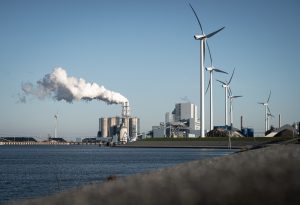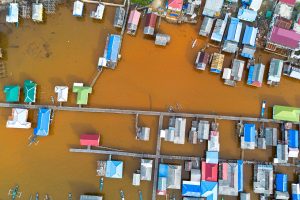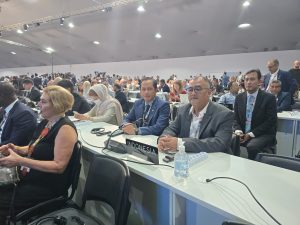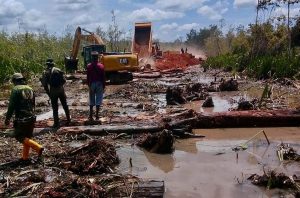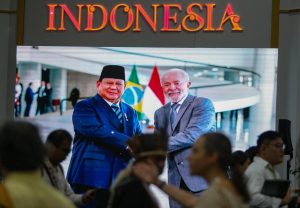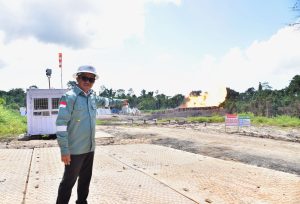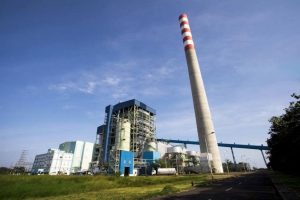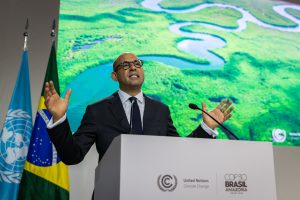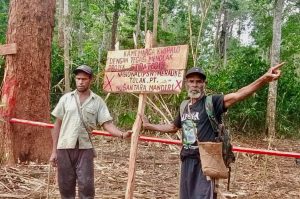Jakarta – Until the end of July 2025, supporting regulations to implement a one-price for subsidised 3-kilogram LPG policy in all regions of Indonesia have not been completed. Minister of Energy and Mineral Resources (MEMR) Bahlil Lahadalia said the one-price subsidised LPG scheme is not yet a final decision.
According to him, the final decision still awaits direction from the President. “It is not finalised yet. We have discussed it, but the final decision will be set out directly in a Presidential Regulation,” Bahlil said in an official statement on Wednesday, 30 July.
He added that as long as the relevant Presidential Regulation has not been signed, his party chooses not to convey further developments. This uncertainty adds to the long list of revisions to the subsidised 3kg LPG distribution scheme that the government has repeatedly discussed over the last few years. The goal is the same: to ensure that the massive amount of energy subsidies is well-targeted and no longer enjoyed by the unauthorised.
Until now, the leakage gap still exists. The use of 3kg LPG, which is intended for poor households and small MSMEs, is still widely consumed by middle and upper-class groups.
The government has designed several corrective strategies, including technology-based data collection and integration with the National Socio-Economic Integrated Data (DTSEN). This data collection is intended to ensure that only officially registered residents are entitled to purchase subsidised 3kg LPG cylinders.
The implementation of this transformation is being carried out slowly, given the need for infrastructure readiness, data accuracy, and the socio-economic dynamics of the community in various regions. Meanwhile, the volume of 3kg LPG subsidies continues to increase from year to year. In the 2026 Draft State Budget (RAPBN), the government proposes a quota of 8.31 million metric tonnes, up from 8.17 million metric tonnes set in the 2025 State Budget.
This increase in quota shows the high dependence of the public on subsidised 3kg LPG, which also means that the burden on the state budget will increase if there is no immediate improvement in the distribution system.
The one-price discourse itself is intended to ensure that the distribution of 3kg LPG throughout Indonesia, including the outermost and foremost regions, can be done at the same price, similar to the one-price fuel concept. But without a legal umbrella and a reliable control system, this plan risks exacerbating distribution inequality and subsidy abuse.
The government is now faced with two big choices: accelerate the reform of 3kg LPG distribution so that the subsidy is well-targeted, or continue to delay the implementation of one price under the pretext of waiting for data and regulatory readiness. Without certainty, the fiscal burden continues to swell, and the target of energy justice is increasingly far from reality. (Hartatik)
Banner photo: Ivan Rivandy/shutterstock.com


